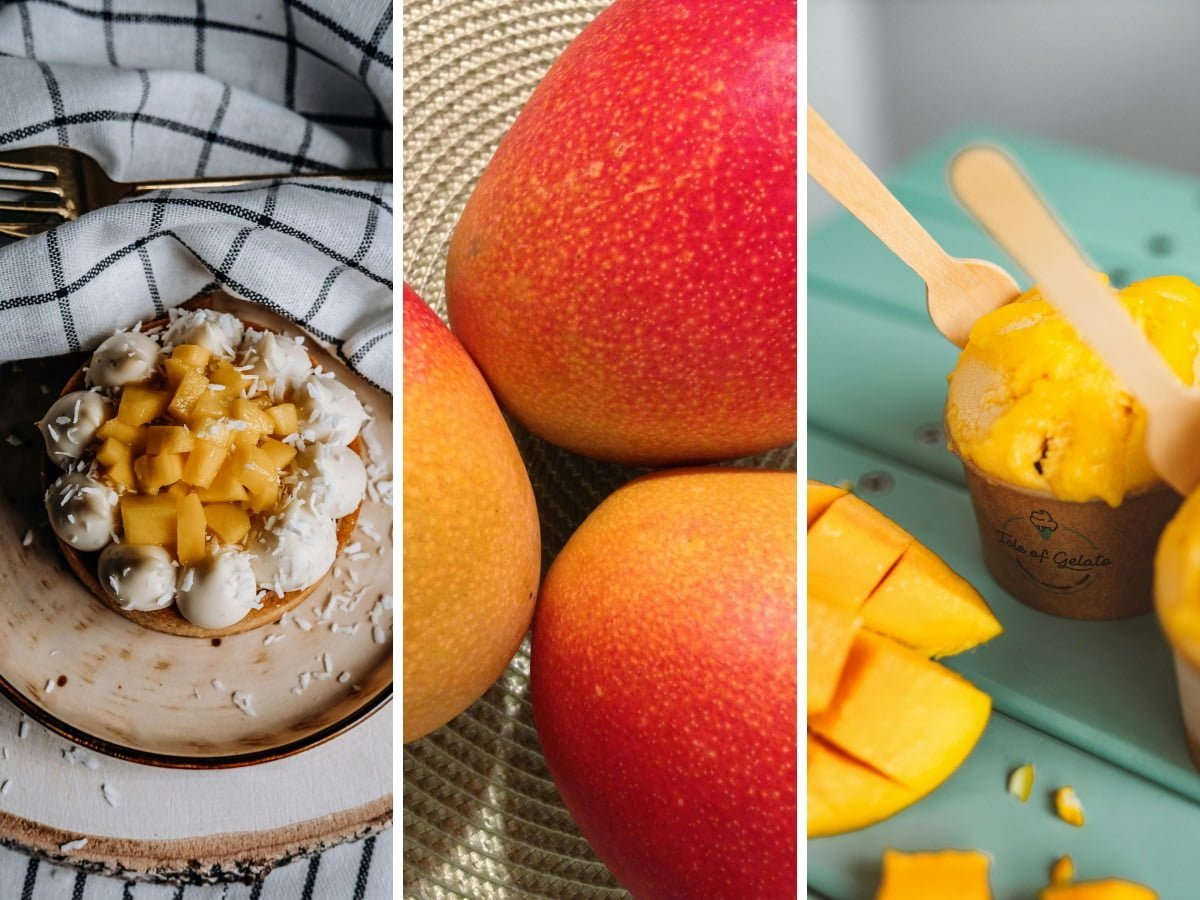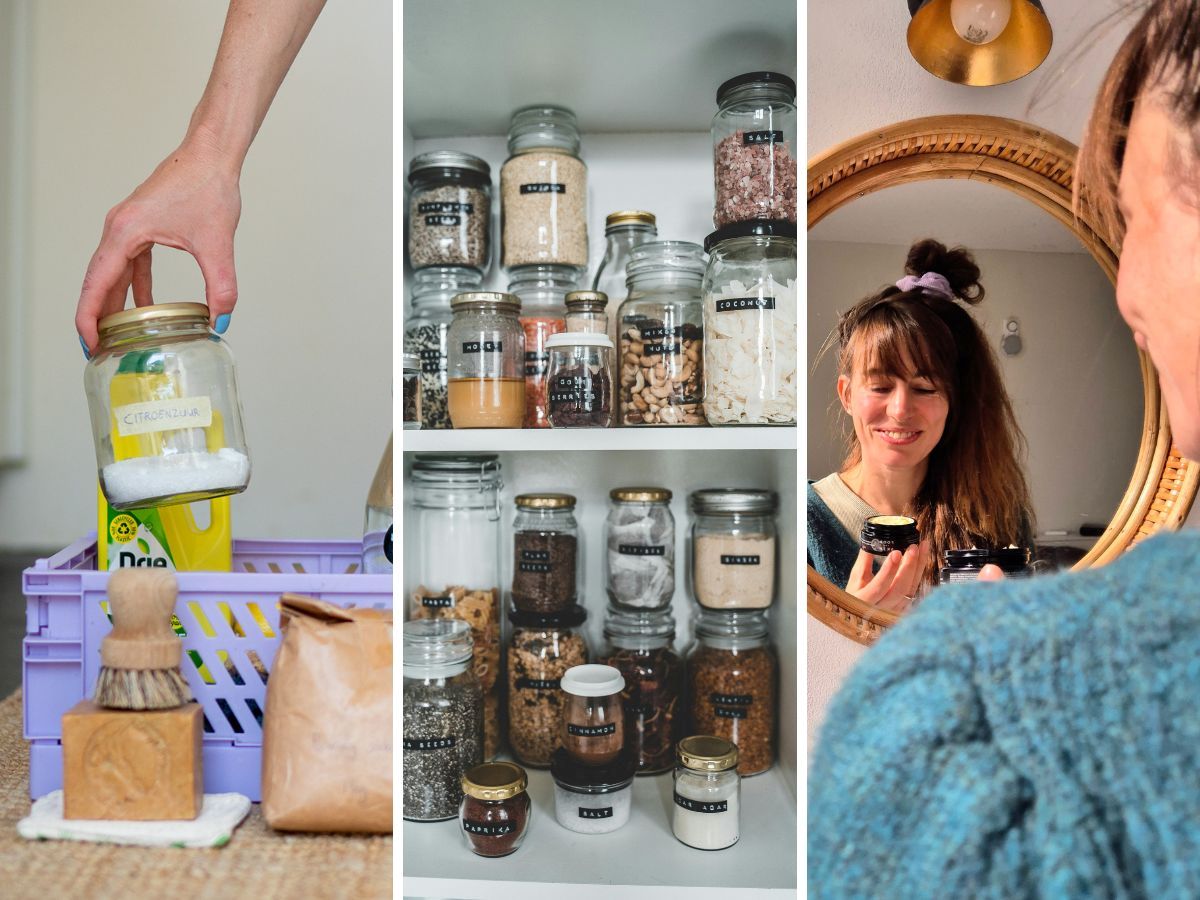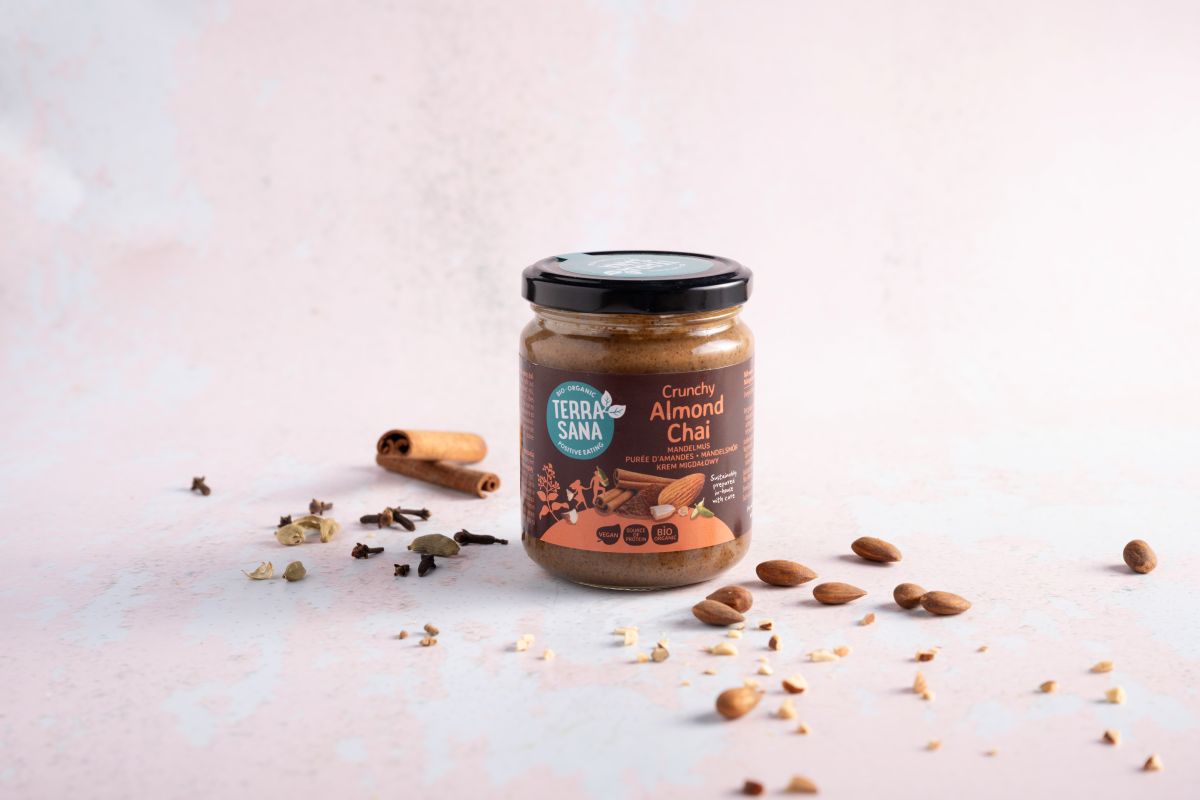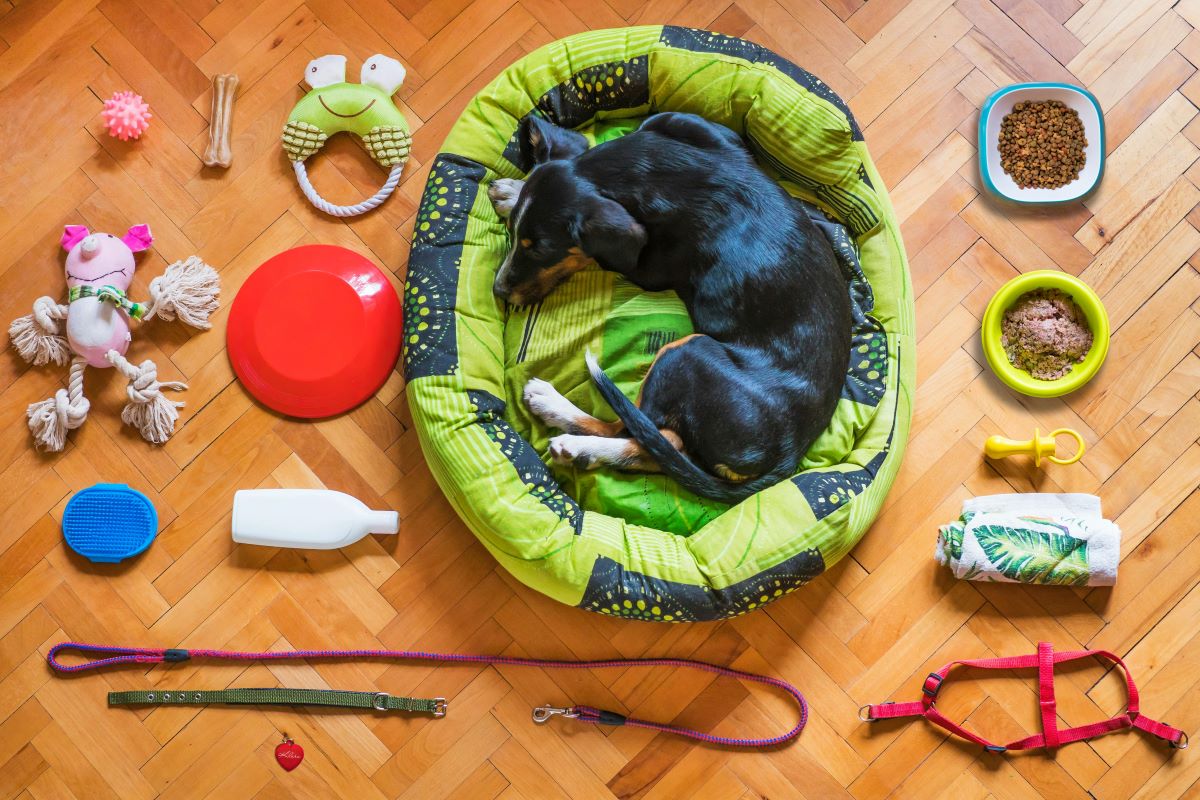Rara... It's yellow, sweet, tropical and it's not a banana... It's the mango! Although mango is less popular than its crooked friend, in the Netherlands we eat an average of one kilo of mango per person per year. In recent years, we have started eating more and more mango. But is such a tropical piece of fruit sustainable? And what about those boxes of frozen mango? In this article, we explain it all to you!
Where did that mango actually come from?
A mango, of course, is not as Dutch as an apple or a pear. Originally found in India and the Philippines, there are more than a thousand varieties of this fruit. What many people don't know is that flavour and quality can vary quite a bit from one variety to another. Nowadays, we mainly eat the ‘Kent’ grown in South America and West Africa. The Kent is popular because it is less fibrous than other varieties. A smaller proportion of the mangoes sold come from Spain. There, they mainly grow the ‘Osteen’ mango. Fun trivia on a drink.
The negative impact of your mango
The production and transportation of a kilo of mangoes costs, according to RIVM, about 1.5 kilos of CO2. Is that a lot? For fruit it is. By comparison, a kilo of apples, for example, costs only 0.5 kilos of CO2. Bread and potatoes also score lower. On the other hand, it is a lot less than the 30 kilos of CO2 needed to produce a kilo of hamburgers.
Your mango's journey
Mangoes grow in tropical climates and are quite fragile. Much fruit is therefore lost if it gets dented or bruised en route. They are therefore transported protected, in refrigerated containers. Sometimes this is done by plane, especially for fragile varieties of mangoes. These are usually sold as a luxury product, and have been allowed to ripen on the tree. But most mangoes travel by ship, in much larger quantities. Because they are such large ships, it costs comparatively much less in emissions than flying. Even though cargo ships are hefty polluters, flying is still 100 times more harmful than transport by sea! Fortunately, more and more supermarkets are promising that their fruit and vegetables are not being flown in.


Mangoes are often grown by small farmers. So it is difficult to trace where that mango on your plate, or in your smoothie, came from.
Land and water consumption
We are curious about where mangoes come from and so we try to find out. Online research tells us that many mangoes come from relatively small-scale orchards of small farmers. Some of them use more traditional methods, others use more modern innovations. And everything in between. It is therefore quite difficult to say how your particular mango is grown, and what impact it has on the climate and nature.
Smaller farmers often grow their mangoes ‘mixed’, that is, in combination with, say, maize, avocados or bananas. This is called polyculture, and is better for nature. Because there are more types of plants, more insects, birds and other animals can also visit. Smaller farmers also tend to use fewer pesticides, technological aids and less groundwater: it is often too expensive for them. Their wages are low, often so low that they cannot make ends meet. Money to buy additional tools is usually not there.
Larger plantations can afford those tools. That gives them more mangoes, and thus more money. But unfortunately, the consequences for nature are often less pleasant: think more pesticides or watering systems that draw groundwater from the soil, drying it out. Sometimes it even comes at the expense of drinking water in the region. The most sustainable would be large plantations - because efficient and large yields per hectare - that do grow sustainably. But yeah, find out... How the mango in your supermarket is grown is often hard to find out. Unless... Unless your tropical surprise bears a top label. Coming right up!
Mango needs much less water than avocado
An advantage of mango trees is that they have very deep roots and can therefore extract a lot of water from the soil themselves. This ensures that mango production requires less water than some other tropical fruits: about 370 litres per kilo. That is more than bananas (84 litres) but much less than avocados, at 1,300 litres per kilo. With 38 litres, the apple is once again the good boy of the class.
Rules of thumb for a more sustainable mango
So there are big differences between varieties of mangoes, how they are grown and where they come from. It would make you dizzy... What choice should you make now when you are in the shop?
- Pay attention to labels: On the Way to PlanetProof and Rainforest Alliance Certified are common labels. If you want to go a step further, choose organic and/or Fairtrade. Organic means less (artificial) fertiliser and pesticides, which in turn is better for nature. Well-known labels are the European organic label (that green leaf), the EKO label and the Demeter label.
- Pay attention to transport: prefer boat to plane, and often even prefer boat to land. Ships are hugely polluting, but more will fit. Sometimes you can even read on a package whether a mango was transported by boat or by plane.
- Closer is (almost always) better: the less transport, the less fuel needed. But at the same time, ships are increasingly more efficient than trucks, so if you have a fair trade mango, it may well come from a bit further away.
- Choose the ripest mangoes you see, as overripe mangoes are hardly sold anymore. So save them before it's too late! This is especially a tip for the market, where you can get your mangoes for a bargain at the end of the day. Triple win: less wastage, and cheaper enjoyment of your saved and eating ripe mango.
And remember, if you see that mango as a special treat and are conscious of your purchase, you are already halfway there.


You can use frozen mango in many dishes just fine.
The frozen mango
We know by now that frozen is just as healthy as fresh, but how do those boxes of mango do on the climate scale? Better than you might think. This is because frozen fruit is picked and frozen when it is naturally there. Greenhouses are not needed, and producers do not have to consider ripening during transport. So no (heated) ripening rooms are needed either. Moreover, it saves wasting overripe mangoes if they are not sold on time.
Frozen fruit also has a long shelf life, which means less waste at home. An overripe, brown mango disappears in your dustbin, but a forgotten box in your freezer stays neatly for weeks. In mass production, it is sometimes even possible to invent ways to put the leftovers to another use: peels become mango leather and mango oil comes from the pips. And let's face it, in a vegan smoothie bowl or sticky rice mango it doesn't matter whether you use fresh mango, or frozen.
What is the best way to store mangoes?
Finally, another tip: save your mango not in the fridge - like other tropical fruits, it does not cope well with the cold. And... preferably store it separately from your other fruit and vegetables, because the fruit emits ethylene, which causes other fruit to ripen more quickly and thus spoil. Oh no, you want to avoid that, of course.
More sustainable tips from thegreenlist.nl
- How sustainable is a banana on your fruit bowl? You can read it here.
- And how sustainable are avocados? We figured that out for you too.
- Wondering how sustainable jackfruit is? Read on quickly.
Sources: newharvest.nl, nutrition centre.nl, environmental centre.nl, cro-ncrv.nl, cbi.eu, freshknowledge.eu, climatehelpdesk.org, researchgate.net, somo.nl, folia.nl. Photo credits: main image: 1. Anna Belousova (Pexels), 2. Ruth Currie (Pexels), 3. Roman Odintsov (Pexels), mango tree: Sarangib (Pixabay), smoothie: Paloma Gil (Pexels), dieprvries mango: Nicola Barts (Pexels), blender with fruit: Anne van Twillert.












